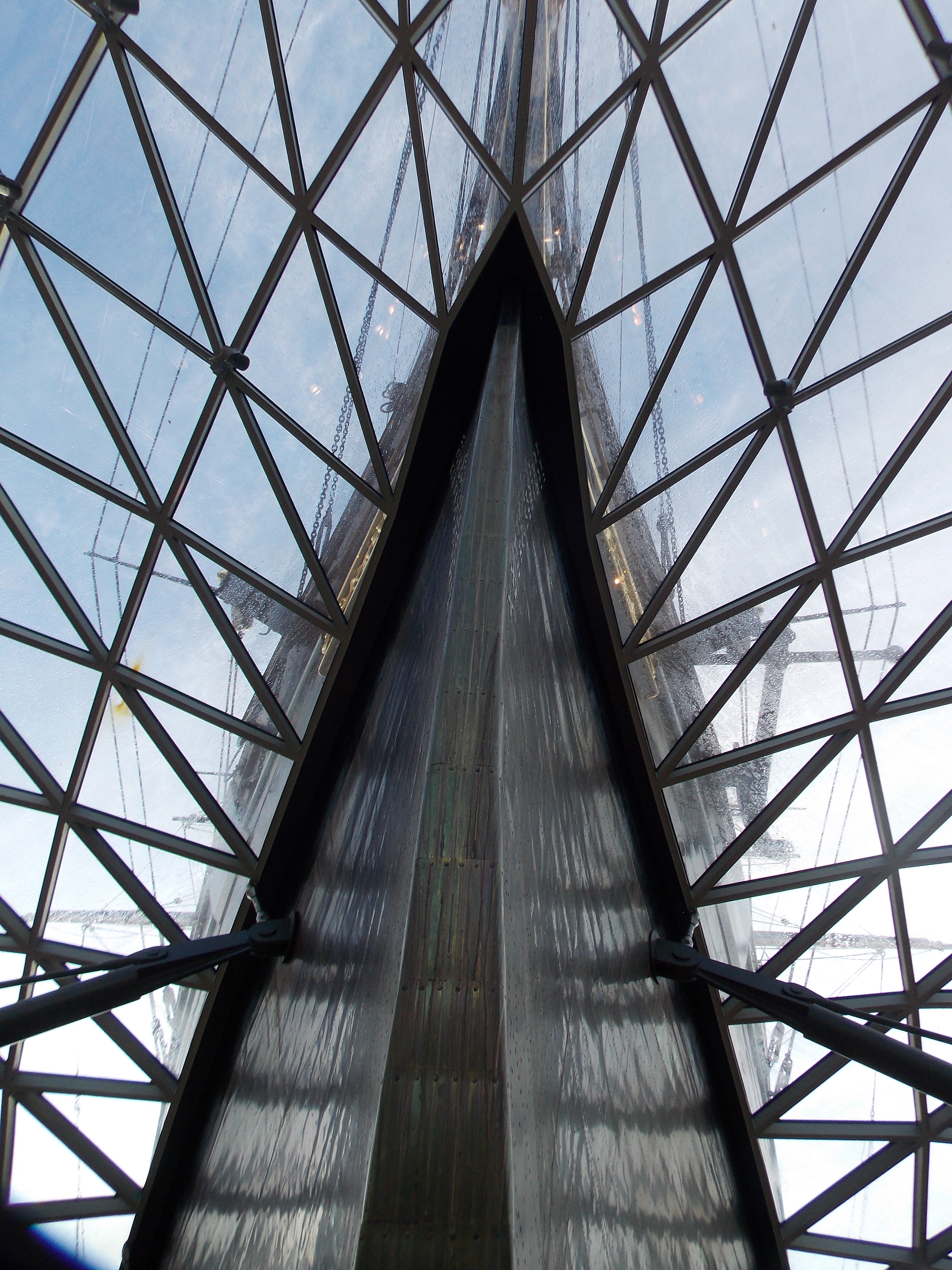I know very few people in the world have access to hot springs, but I just thought people here might find this information as interesting as I do.
Japan:
Cooking Eggs:
In some other places, hot-spring pools can become a neighborhood egg-cooking spot. In Japan, these eggs are called Onsen Tamago (温泉卵), and are slow-cooked in the natural spring water.

The result is a unique custard-like texture in the yoke, while the whites are soft.
“It is said to have originated in Onsen Towns in Beppu, Oita prefecture. It is said that the first Onsen Tamago was made over 300 years ago when a traveler left his eggs in a hot spring by accident and found them cooked when he returned." MyFormosaFood
More Info:

Steam Cooking

“It is a cooking method using high-temperature steam heat gushing from hot springs, and it has been used in Beppu since the Edo period. Just put the ingredients in a basket, put them in a pot where steam of about 100 degrees called “Hell Steaming Kettle” and cover it.” | Jigoku Mushi
At tables equipped with timers and hot-spring powered steam cookers, you can steam your own food.

Heating Greenhouses:

“Hot springs are used to heat greenhouses for different types of fruit and vegetables. At Atagawa Spa on the Izu Peninsula, the Atagawa Tropical & Alligator Garden cultivates tropical plants like banana trees and bougainvillea.” | Nipponia
By piping the heat into radiators, they can heat and humidify the greenhouses with no electricity.

Iceland:
Volcano Bread
Cooking rye bread with the help of a volcano has a long history in Iceland. All you had to do was dig a hole near a hot-spring, place the dough (which is in a container) in the hole, and burry it.

The boiling water will steam the dough to a dense but soft texture.
Hopefully you remember to mark where the hole is, but if you did, you will have freshly cooked bread with no need of an oven. As an extra bonus, you can also cook some eggs when you are there.
More info:


Sounds like your area takes their eggs more seriously than where I’ve been! Do you know how close to hard-boiled they can get? I kind of assume they have a topping-out point below fully-cooked-yolk.
Yeah I think with the lower temp they never get truly hard, but I’ve never tried for too long because I like them on the softer side. Maybe I’ll leave one in a really long time as an experiment
https://youtu.be/LipXT32jvBY explains the temperatures needed. Basically it needs to be >68°C for some time to fully coagulate.
I just found a picture of the sign:
So yeah, looks like it won’t come out like a hard boiled egg-- the closest is that 20+ mins “katame” being “somewhat firm”.
I usually don’t make them in the summer because when I go I always want to use the nearby foot bath and it’s already hot as hell so I just end up sweating even more. But the eggs are really good and it’s been awhile so maybe I’ll head back out there soon.